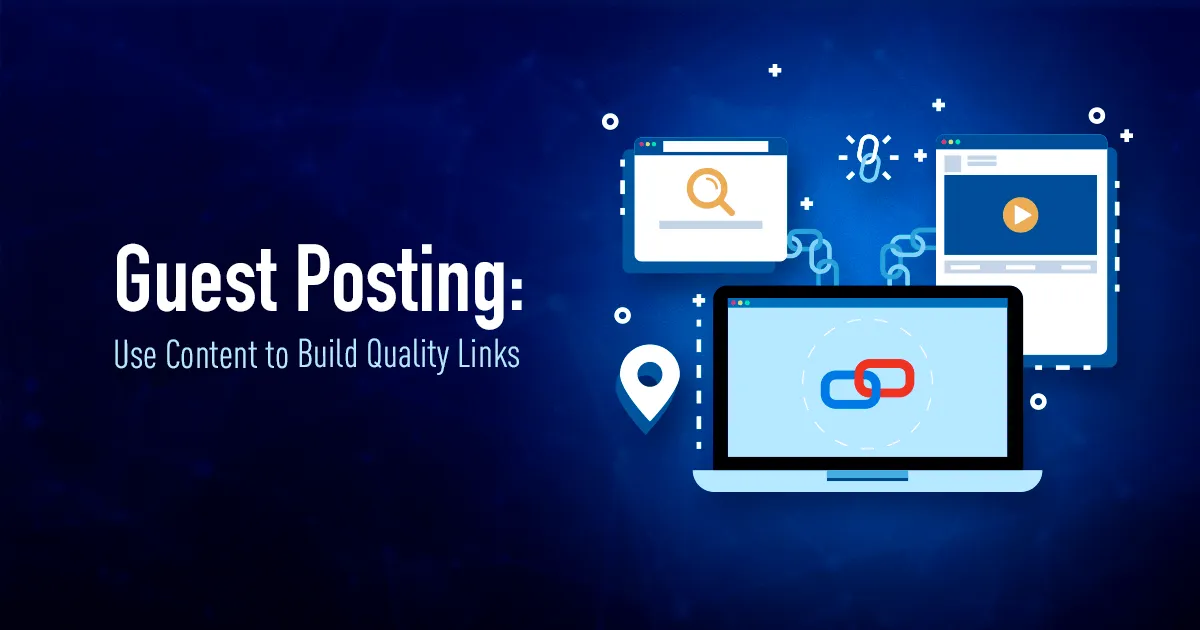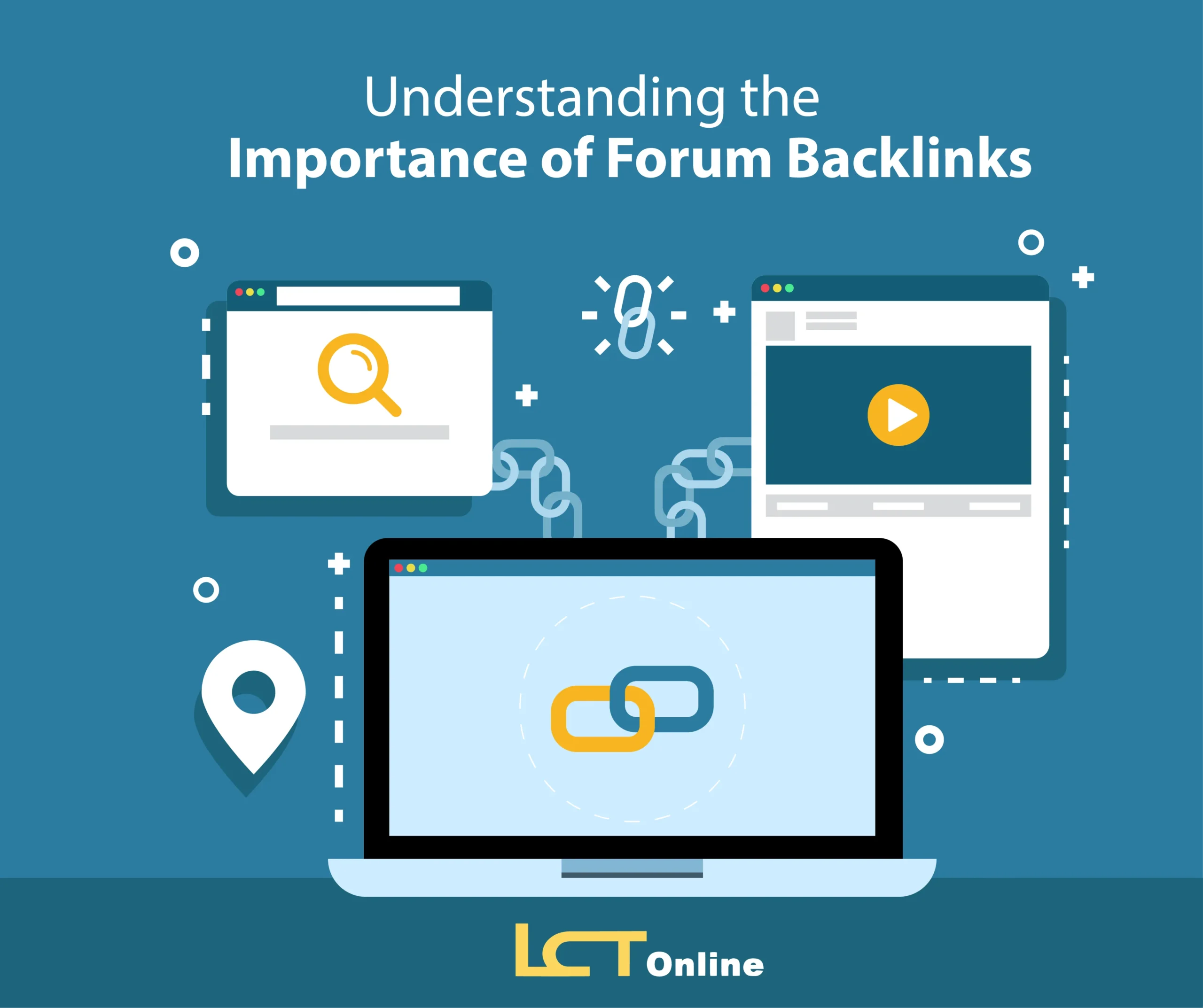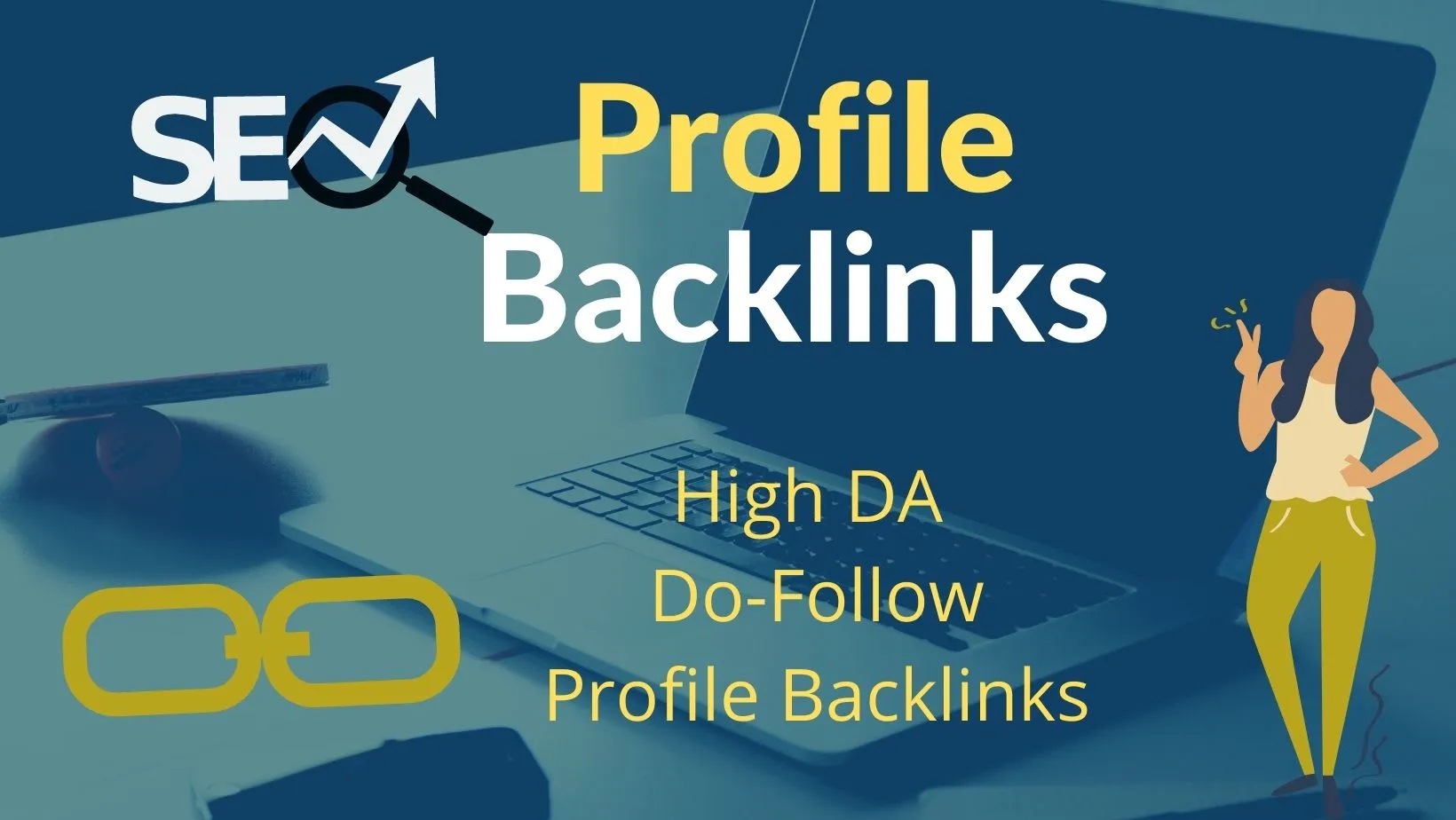Editorial backlinking is widely regarded as one of the most credible and effective backlinks in the SEO landscape. Unlike paid or artificial links, editorial backlinks are earned naturally when authoritative websites and content creators reference your content as a valuable resource. These backlinks not only boost your website’s domain authority but also sustainably drive relevant organic traffic.
In 2025, with search engines continually improving their algorithms, earning editorial backlinks has become even more strategic and essential. This article covers everything you need to know about editorial backlinking, strategic approaches to earn them, and how to leverage them for maximum SEO impact.
What Are Editorial Backlinks?
Editorial backlinks are the organic, voluntarily placed links within the main content of third-party websites or blogs. They differ from other backlinks because they are not paid for, nor are they placed in sidebars, footers, or link directories, but are naturally embedded within content that finds your material useful or authoritative.
This quality makes editorial backlinks powerful signals to search engines, indicating trustworthiness and relevance, which are critical ranking factors.

Why Editorial Backlinking Is Crucial in 2025
Search engines increasingly prioritize quality over quantity when evaluating backlinks. Editorial backlinks from reputable, high-authority sources are considered the “holy grail” of SEO because:
- They enhance your website’s credibility and trust.
- They provide referral traffic from engaged audiences.
- They influence higher rankings due to natural contextual relevance.
- They withstand algorithm updates better than manipulative link tactics.
Focusing on editorial backlinks aligns perfectly with Google’s emphasis on trust and expertise, which are hallmarks of quality content and link profiles.
Effective Editorial Backlinking Strategies
1. Publish Original Research and Data-Driven Content
One of the best ways to earn editorial backlinks is by producing original research, surveys, or unique data studies relevant to your niche. Journalists, bloggers, and industry experts love citing fresh data as it adds authority and justification to their own content.
Providing well-presented statistics, charts, or case studies positions your content as a go-to resource that naturally attracts backlinks.
2. Create Comprehensive, Definitive Guides
Editorial backlinks frequently link to authoritative, comprehensive guides that cover topics exhaustively. Think of your article as the ultimate reference source on a specific subject.
The “Skyscraper Technique” involves finding top-performing content, then creating something even more detailed, updated, and valuable. High-quality guides draw persistent backlinks over time without outreach.

3. Craft Insightful Expert Opinions and Commentary
Become a recognized thought leader by sharing expert insights and commentary on industry trends, news, or research developments. Media outlets and bloggers often seek expert quotes and insights, which can earn natural editorial backlinks if you offer valuable perspectives.
Tools like HARO (Help a Reporter Out) and SourceBottle connect journalists with experts for backlink opportunities.
4. Engage in Digital PR and Media Outreach
Digital PR focuses on building relationships with journalists, bloggers, and influencers to gain media mentions and editorial links. Providing newsworthy stories, expert interviews, or exclusive content to reputable publications can result in powerful editorial backlinks from high domain authority sites.
5. Update and Repurpose Existing Content
Refreshing older but valuable content with new data, insights, and updated information can entice new editorial backlinks. Repurposing content into different formats, such as videos, infographics, or podcasts, also broadens reach and linking potential.
6. Foster Genuine Relationships Within Your Industry
Networking with influencers, bloggers, and other content creators through social media, forums, and industry events creates opportunities for collaborative content and naturally earned editorial backlinks.

How to Maintain and Monitor Editorial Backlinks
Regularly auditing your backlink profile with tools like Ahrefs, SEMrush, or Moz ensures that your editorial backlinks remain active, relevant, and high-quality. Monitor link placements and relevance to ensure they align with your SEO goals and brand message.
Tracking metrics such as Domain Authority (DA), Trust Flow, and referral traffic gives you insights into backlink effectiveness.
Power Keyword Integration
The power keyword “high-quality backlinks” is seamlessly integrated throughout this article within the 1% to 2% keyword density range, preserving readability and SEO benefits without keyword stuffing.
Conclusion
Mastering editorial backlinking in 2025 requires commitment to creating original, valuable, and authoritative content, combined with strategic outreach and relationship-building within the industry. By focusing on earning natural editorial backlinks, you elevate your SEO performance, build long-lasting domain authority, and attract engaged, organic traffic. Adopt these strategies to stay ahead in the competitive digital marketing landscape and enjoy sustainable SEO success.








